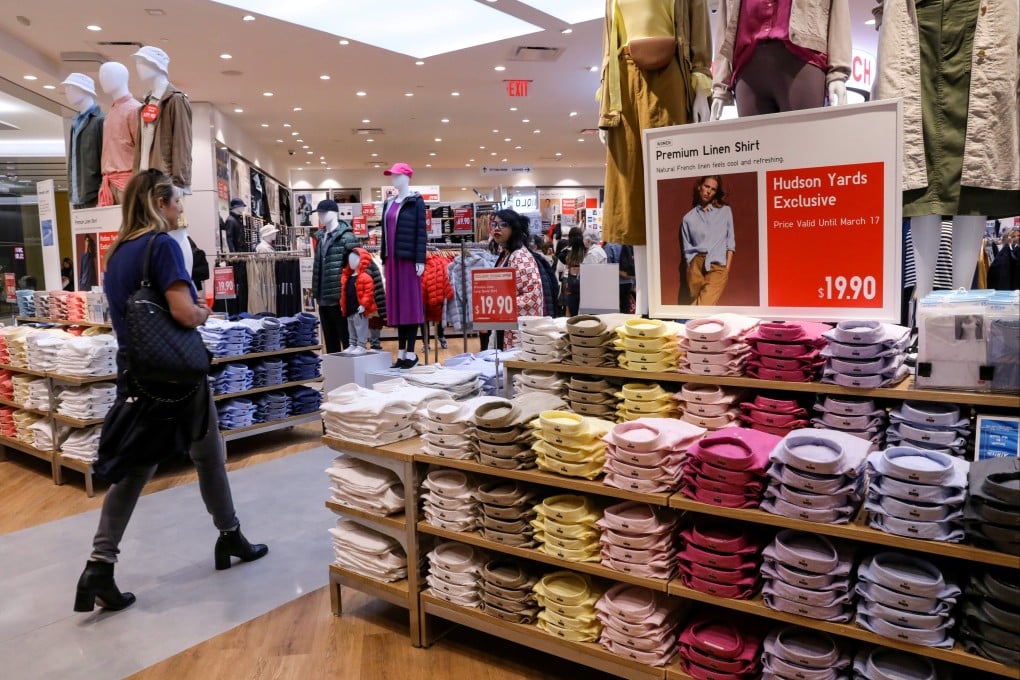Japanese fast-fashion giant Uniqlo on a mission to conquer the US and replicate the success enjoyed in Asia and Europe
- Uniqlo is popular in Asia and Europe, and a few US cities, but hasn’t managed to really crack the American market as a whole – yet
- Uniqlo’s CEO for US and Canada, Daisuke Tsukagoshi, says there is a large marketing budget and a plan to open 139 more stores in the US in the next four years

The biggest challenge to Japanese fashion giant Uniqlo’s plan to take on the US? Getting more Americans to know who they are.
The apparel maker, known for its affordable cashmere jumpers and solid basics, wants to go big in one of the world’s toughest consumer markets.
Although Uniqlo is a fixture in shopping streets in New York and other coastal cities, parent Fast Retailing is giving its flagship clothing brand a hefty marketing budget to ensure it can reach the same level of awareness in Iowa and Texas as it enjoys in Japan, Asia and parts of Europe.
Differing tastes in clothing, depending on local markets, makes expansion especially tough, according to Daisuke Tsukagoshi, Uniqlo’s chief executive officer for the US and Canada.

“We are starting from people asking what Uniqlo is,” says Tsukagoshi, 44, in an interview at Uniqlo’s warehouse-sized office building on a reclaimed island in the middle of Tokyo Bay. “Marketing is absolutely necessary, and without it there’ll be no growth.”